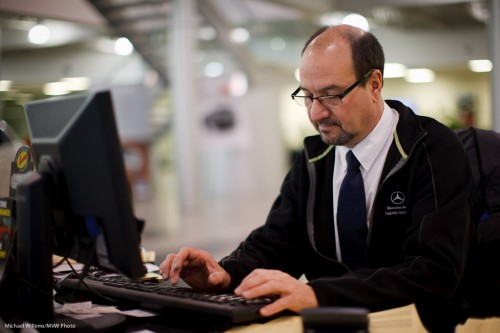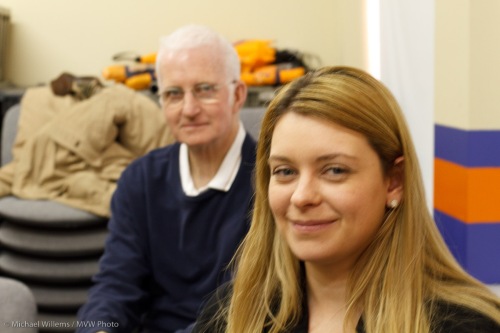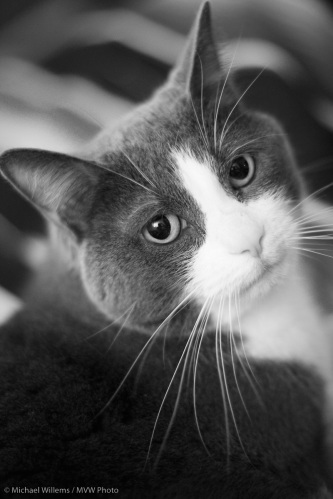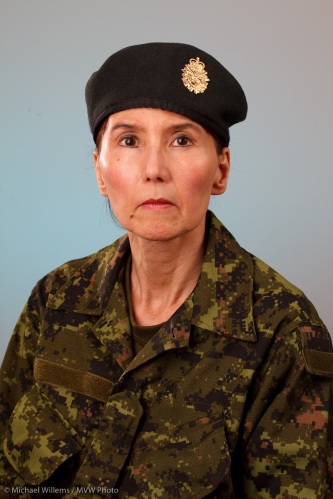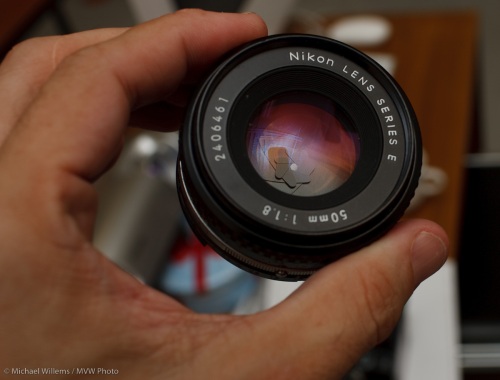I hear people say sometimes that “you cannot shoot portraits at wide open apertures”.
So then how this available light portrait, shot on a full frame camera with a 50mm lens at f/1.2 (yes, f/1.2!)?
Well yes, it is shallow, but not too shallow. Because I have enough distance.
Remember: depth of field (“DOF”) is a function of three things: aperture, distance, and lens focal length. The closer I get, the lower my f-number, and the more I zoom in, the more I get shallow depth of field.
So portrait like this, with the person small enough like this, gives me plenty of DOF. Of course I would not want to do a full headshot at these large apertures, but in this type of portrait the shallow DOF is not too shallow, and the super blurry background makes things better.
So -get yourself an affordable 24- 35- or 50mm lens!

